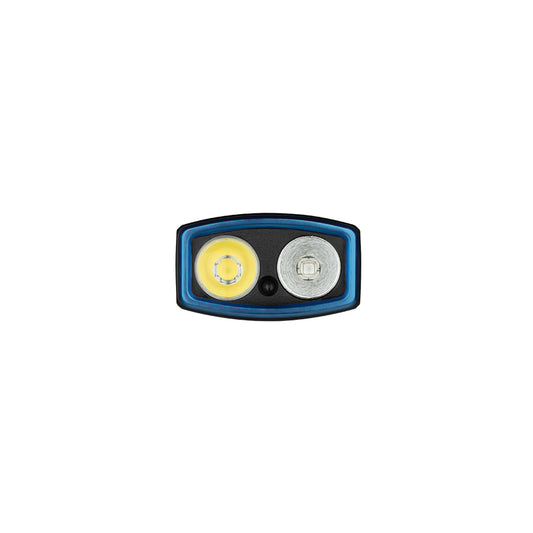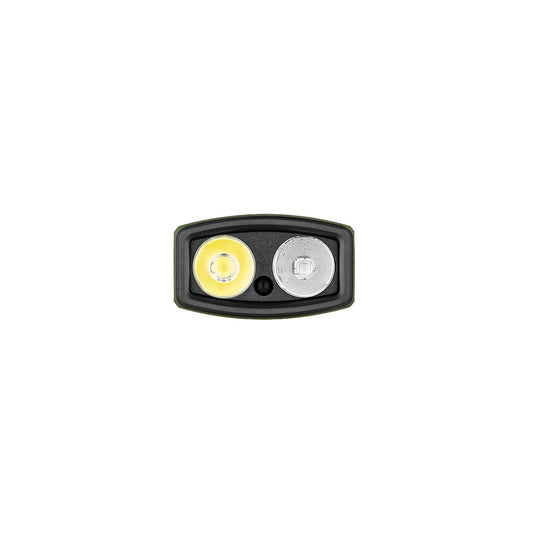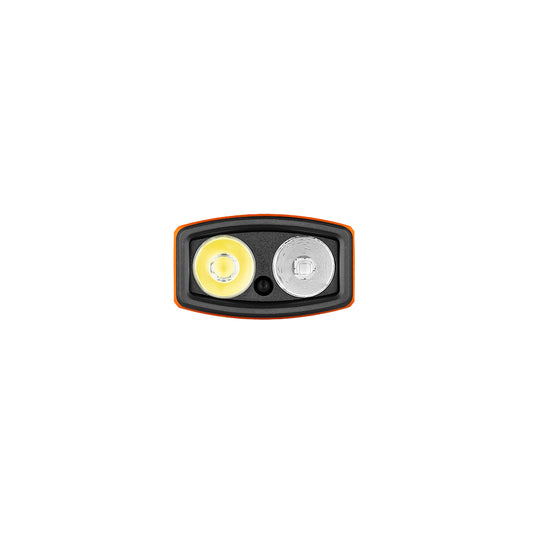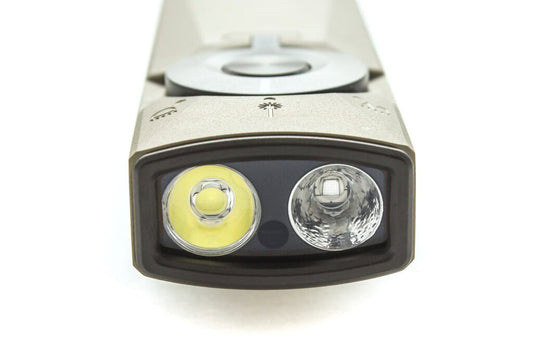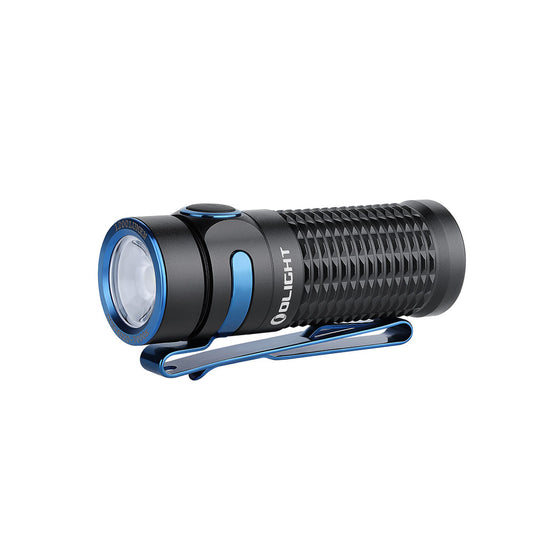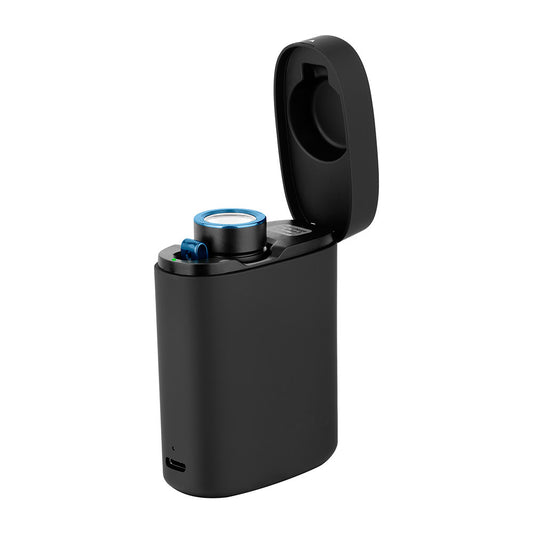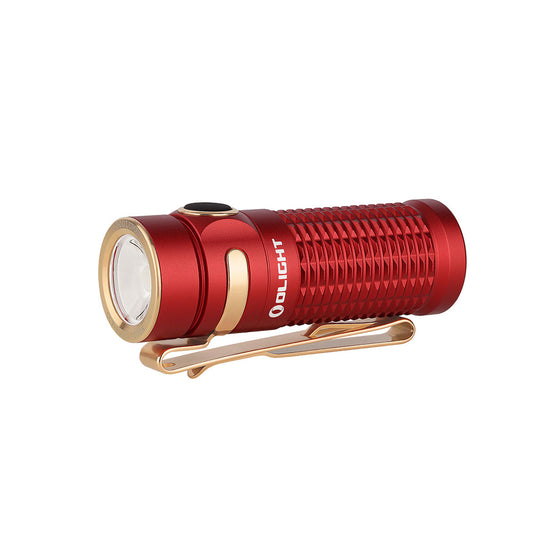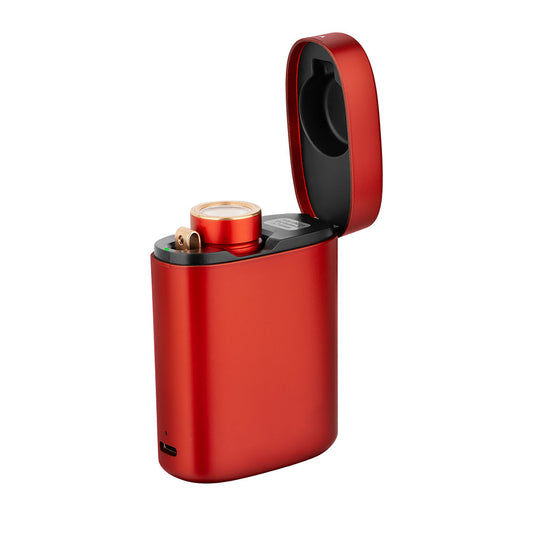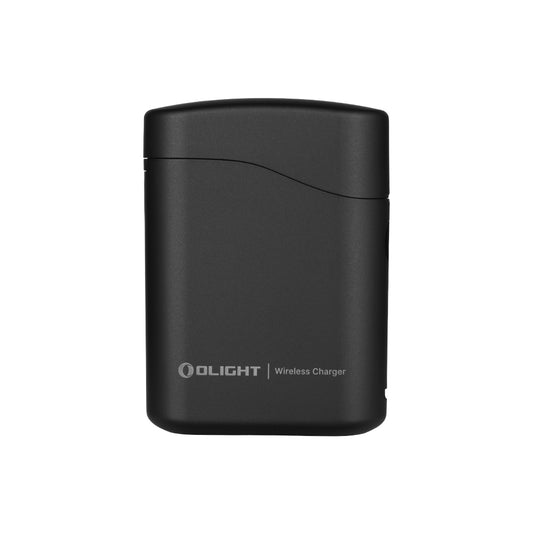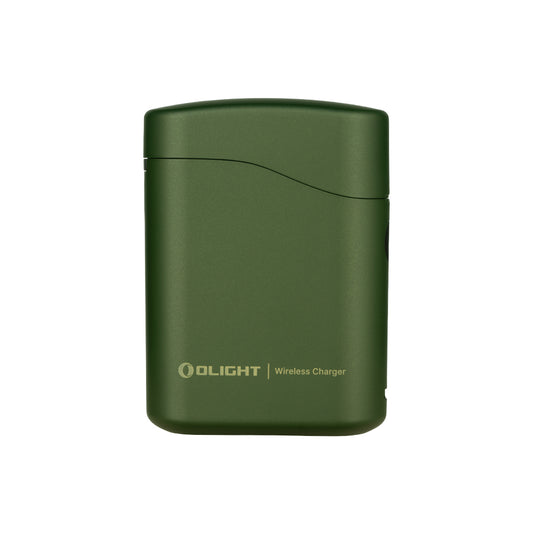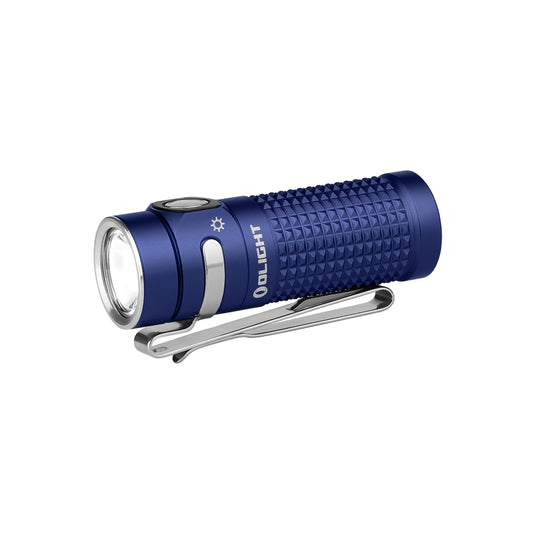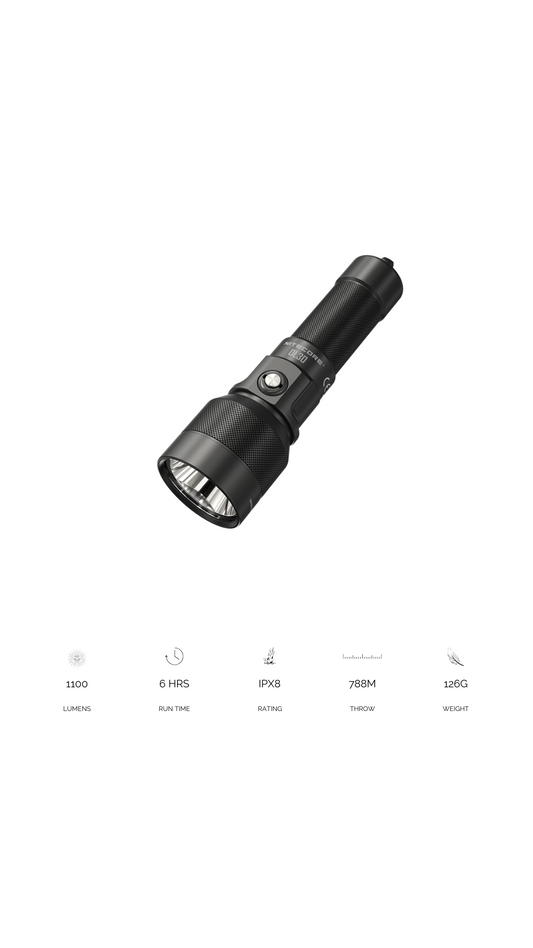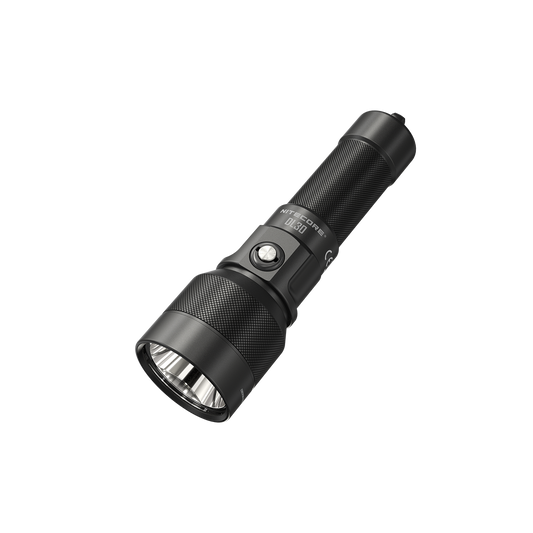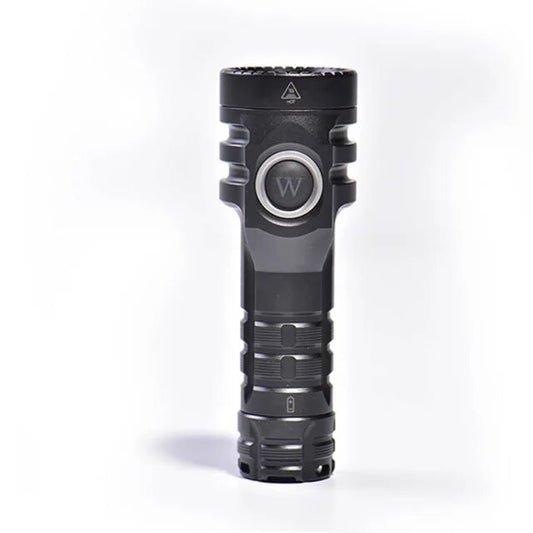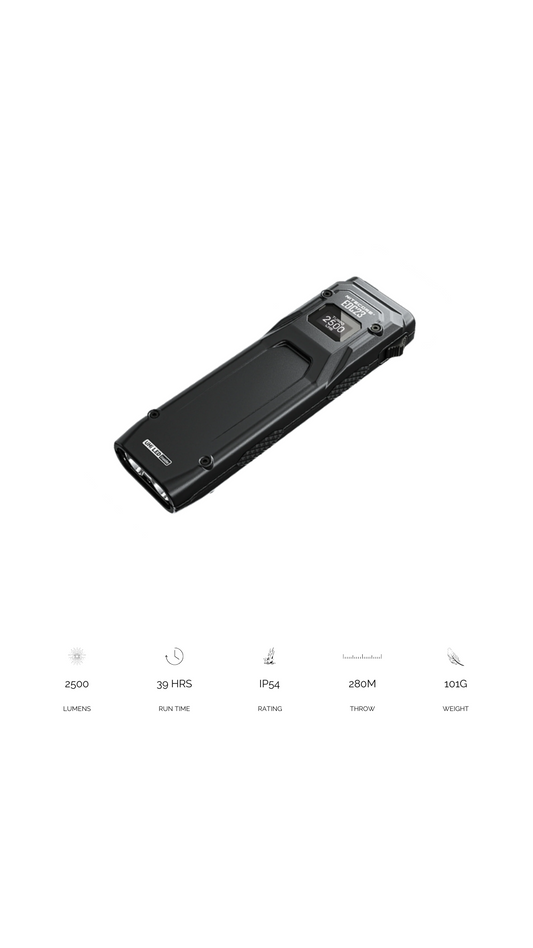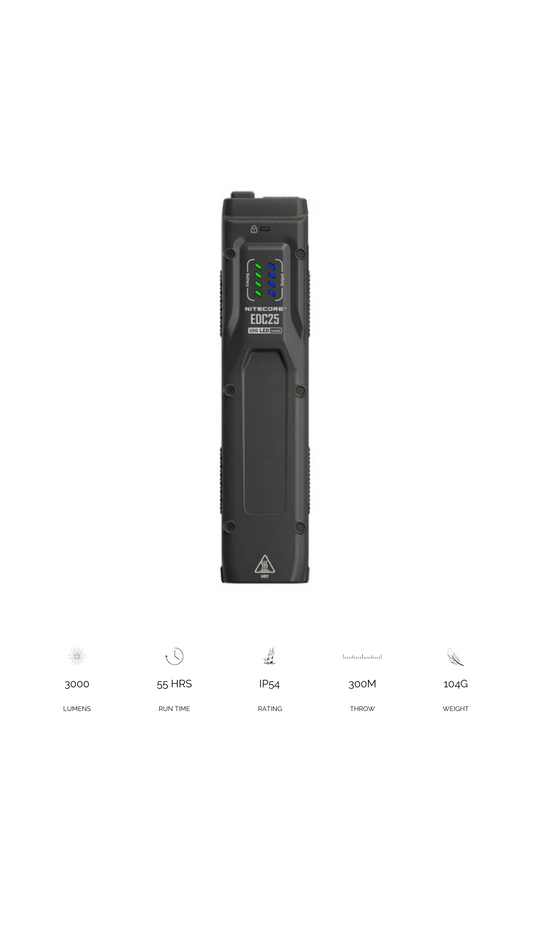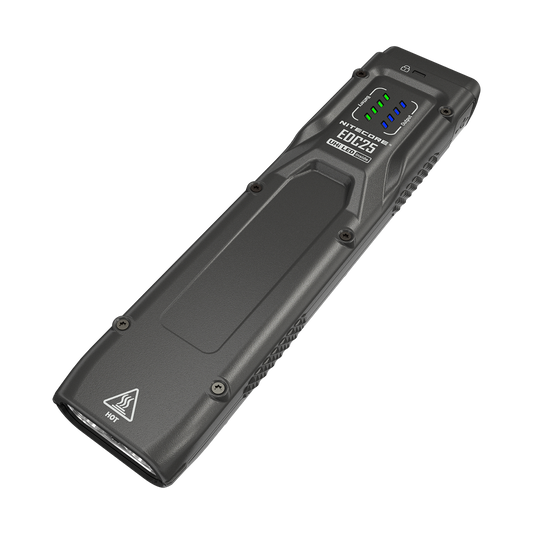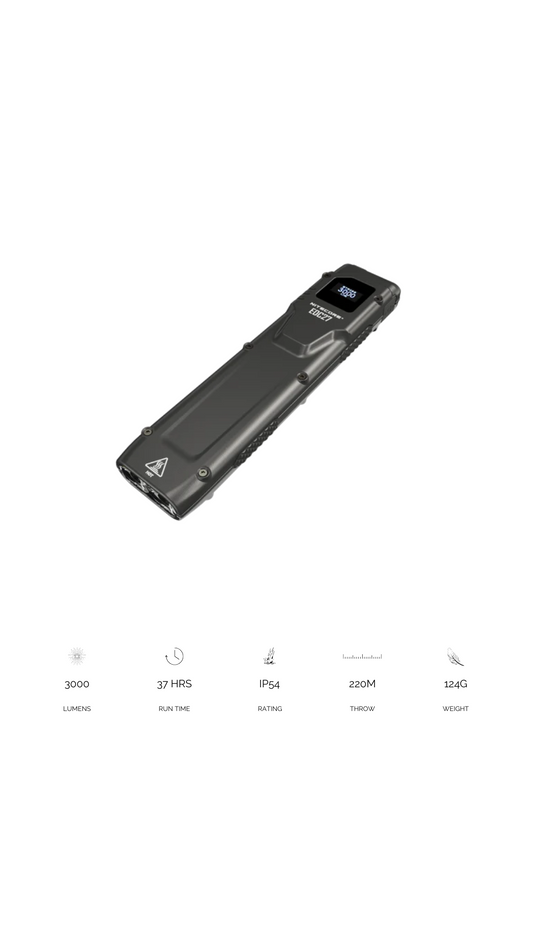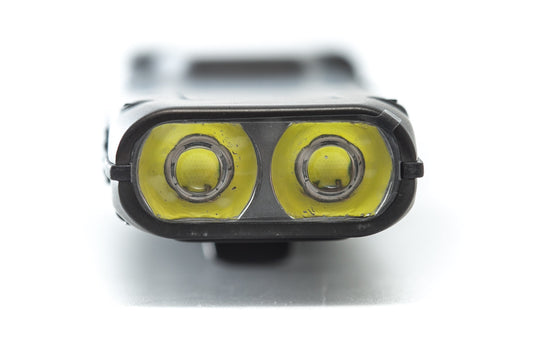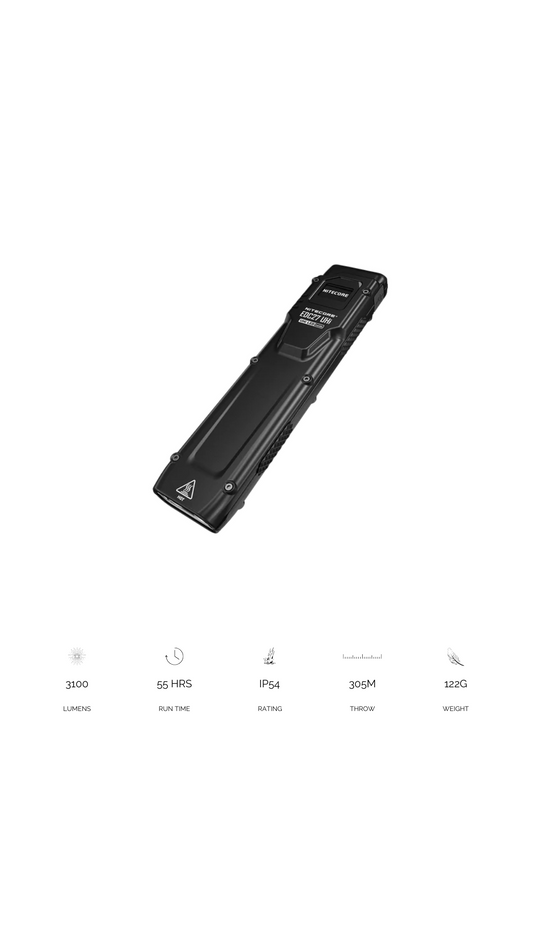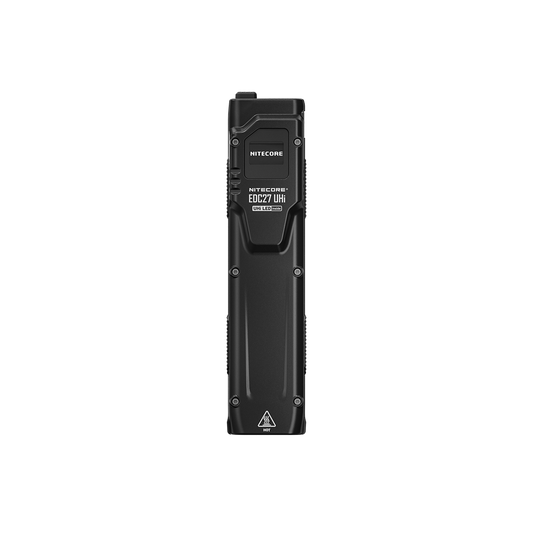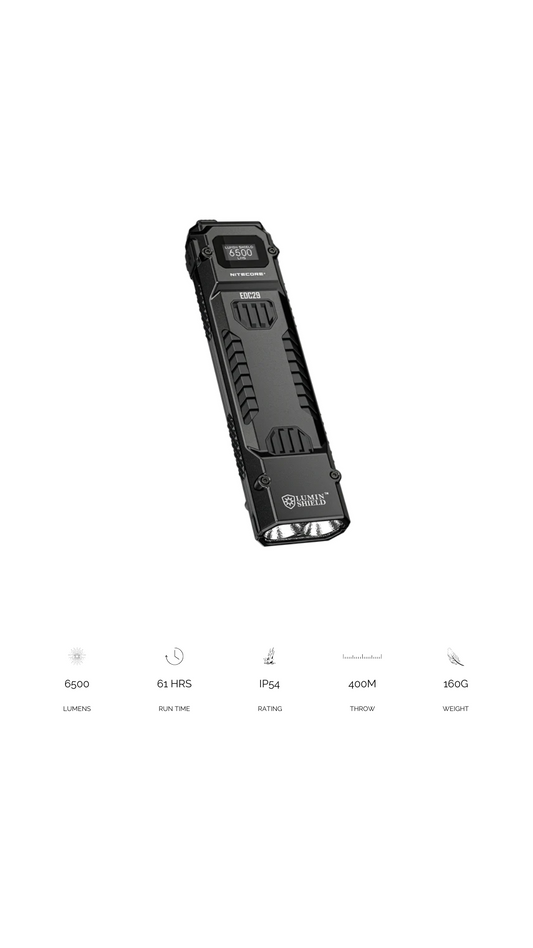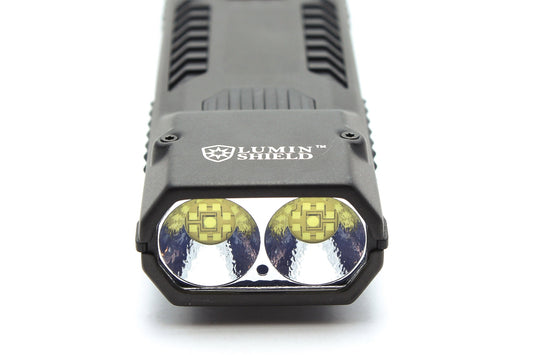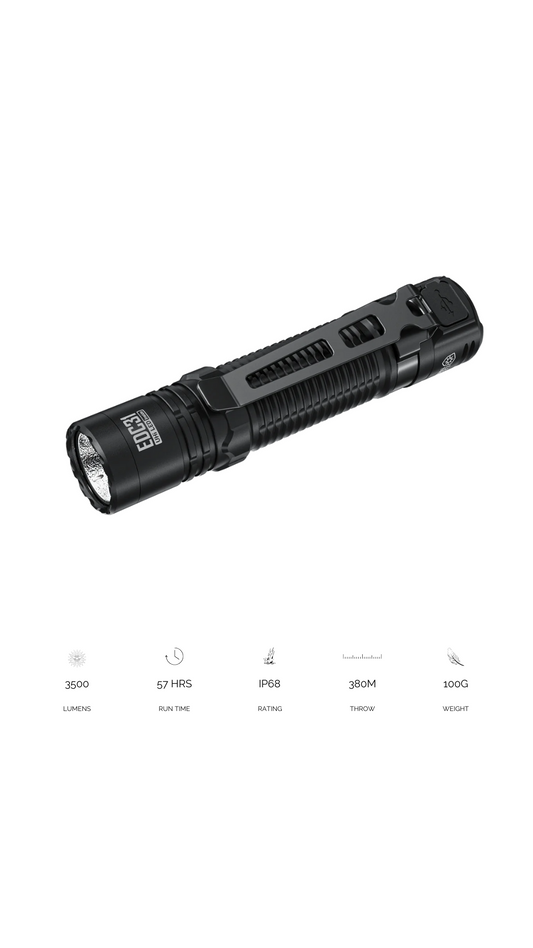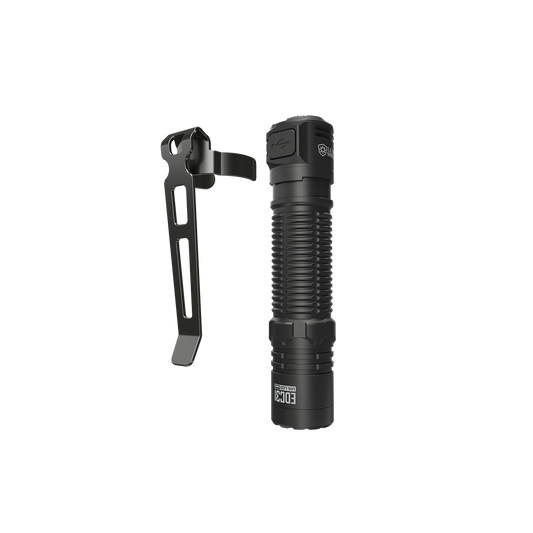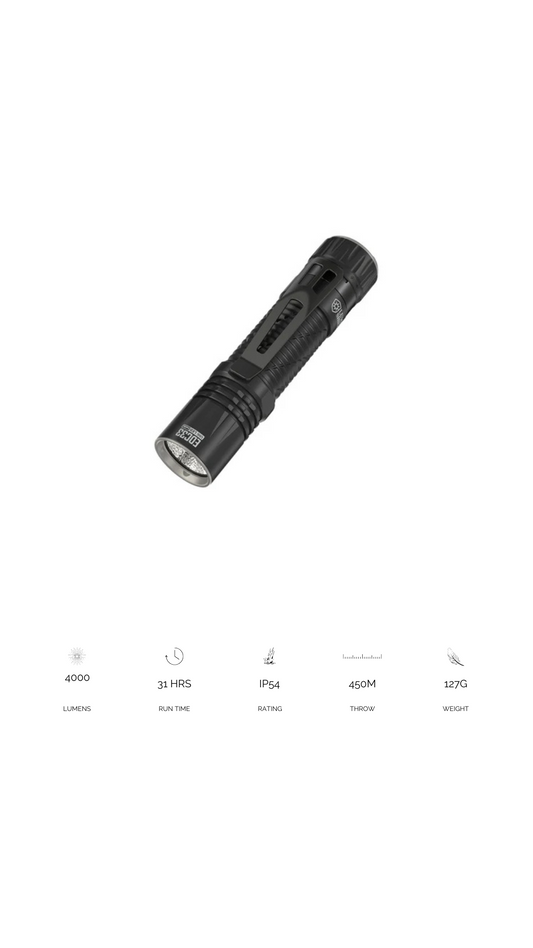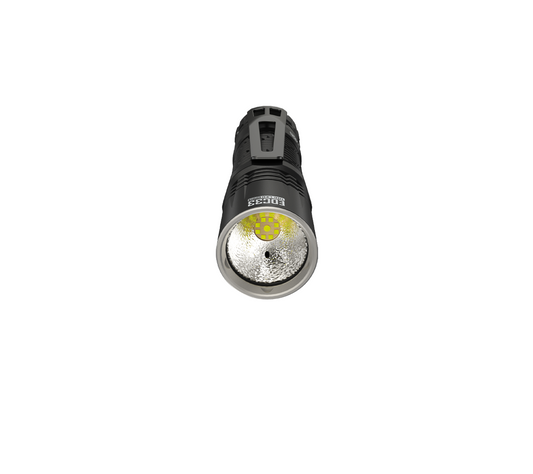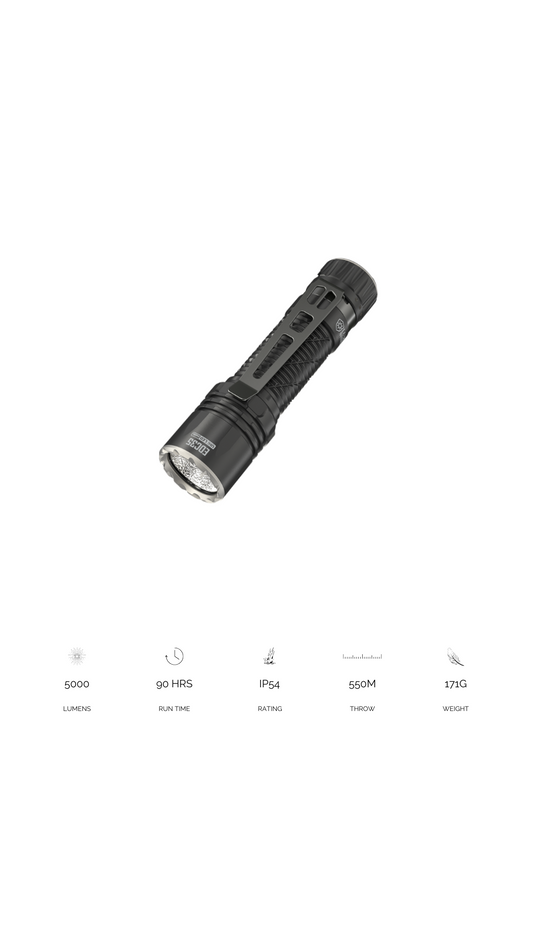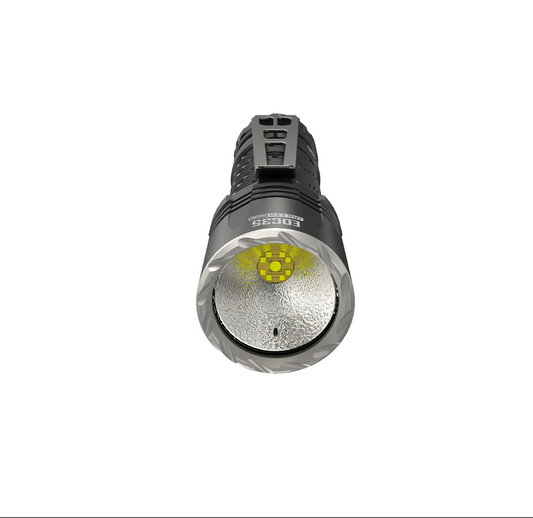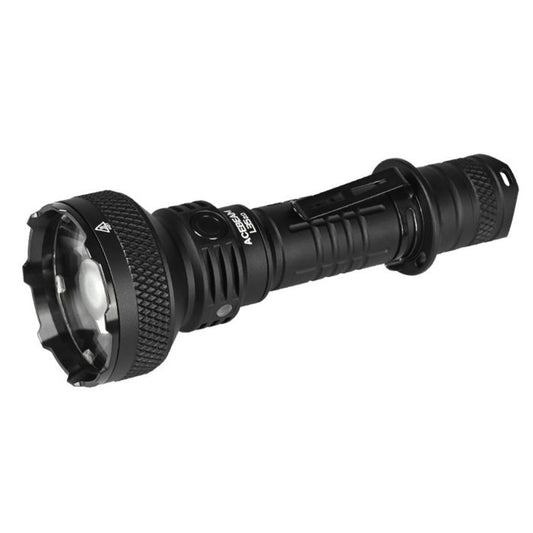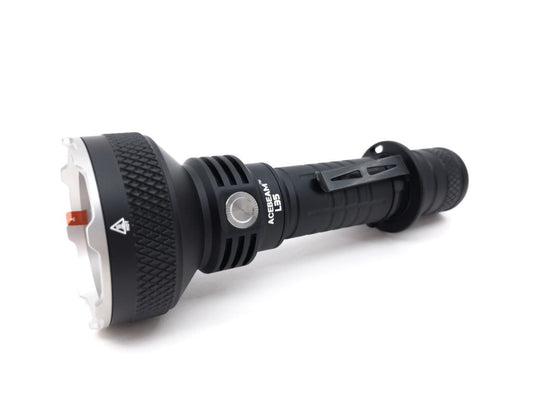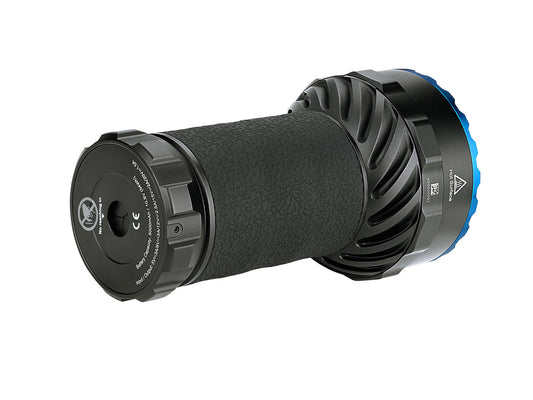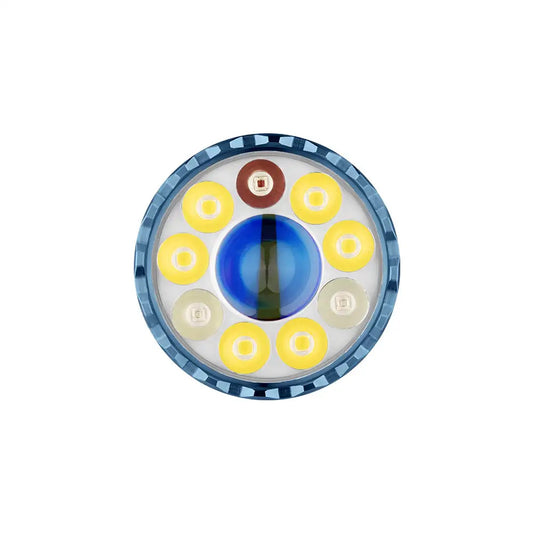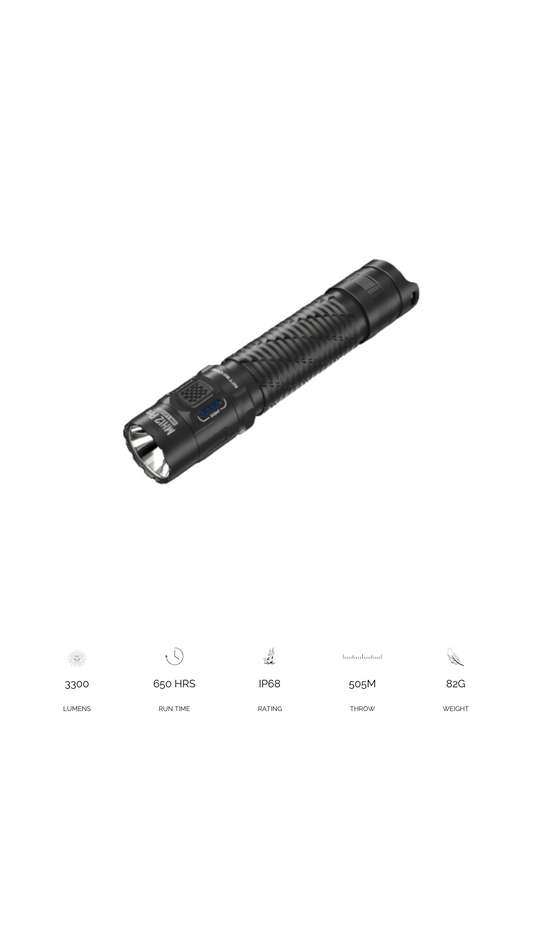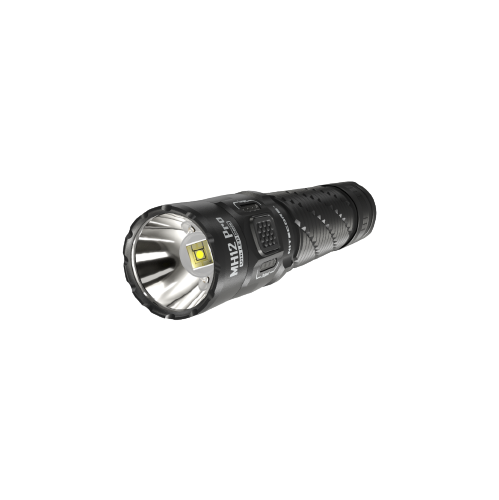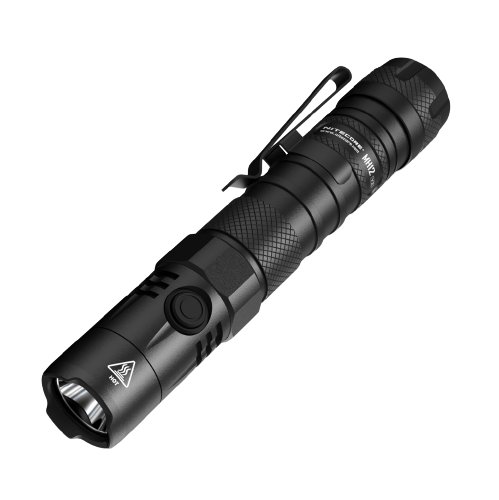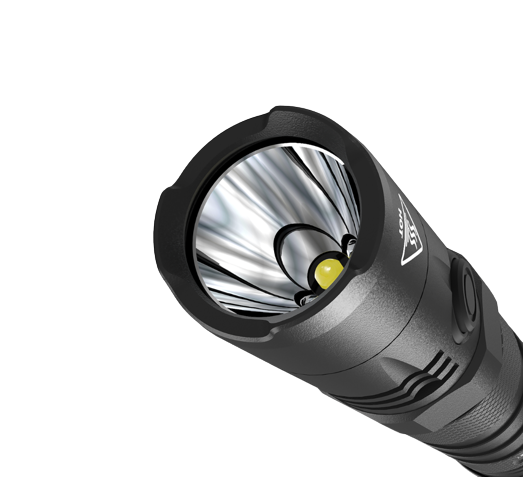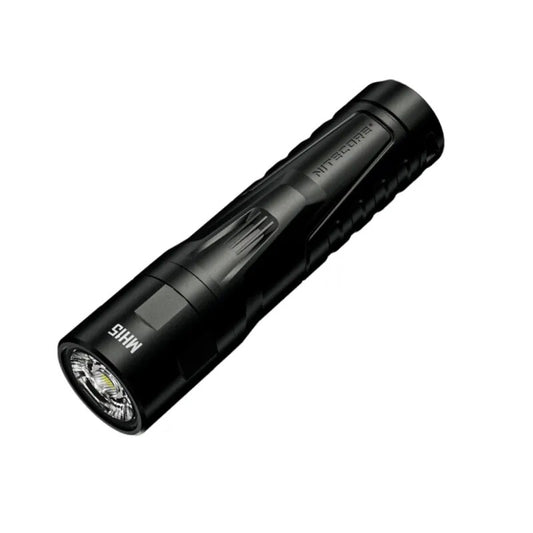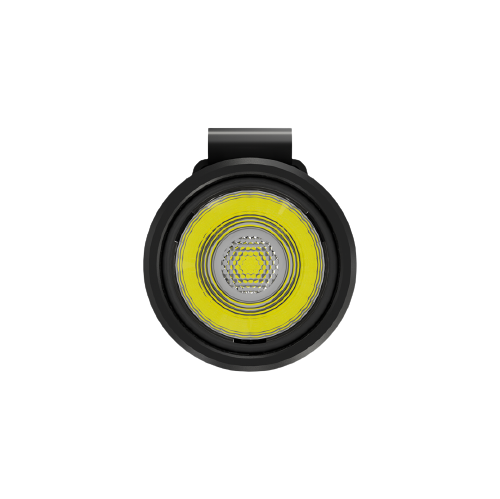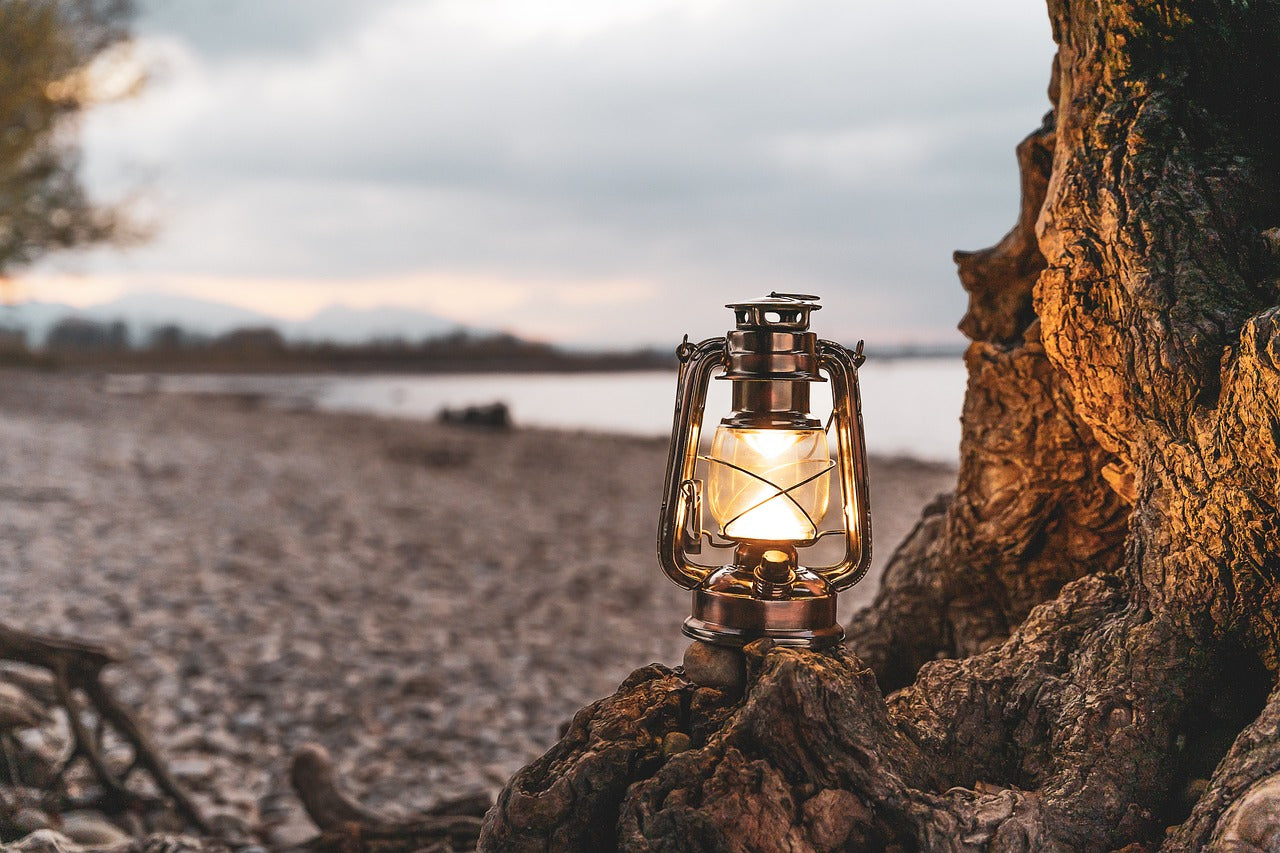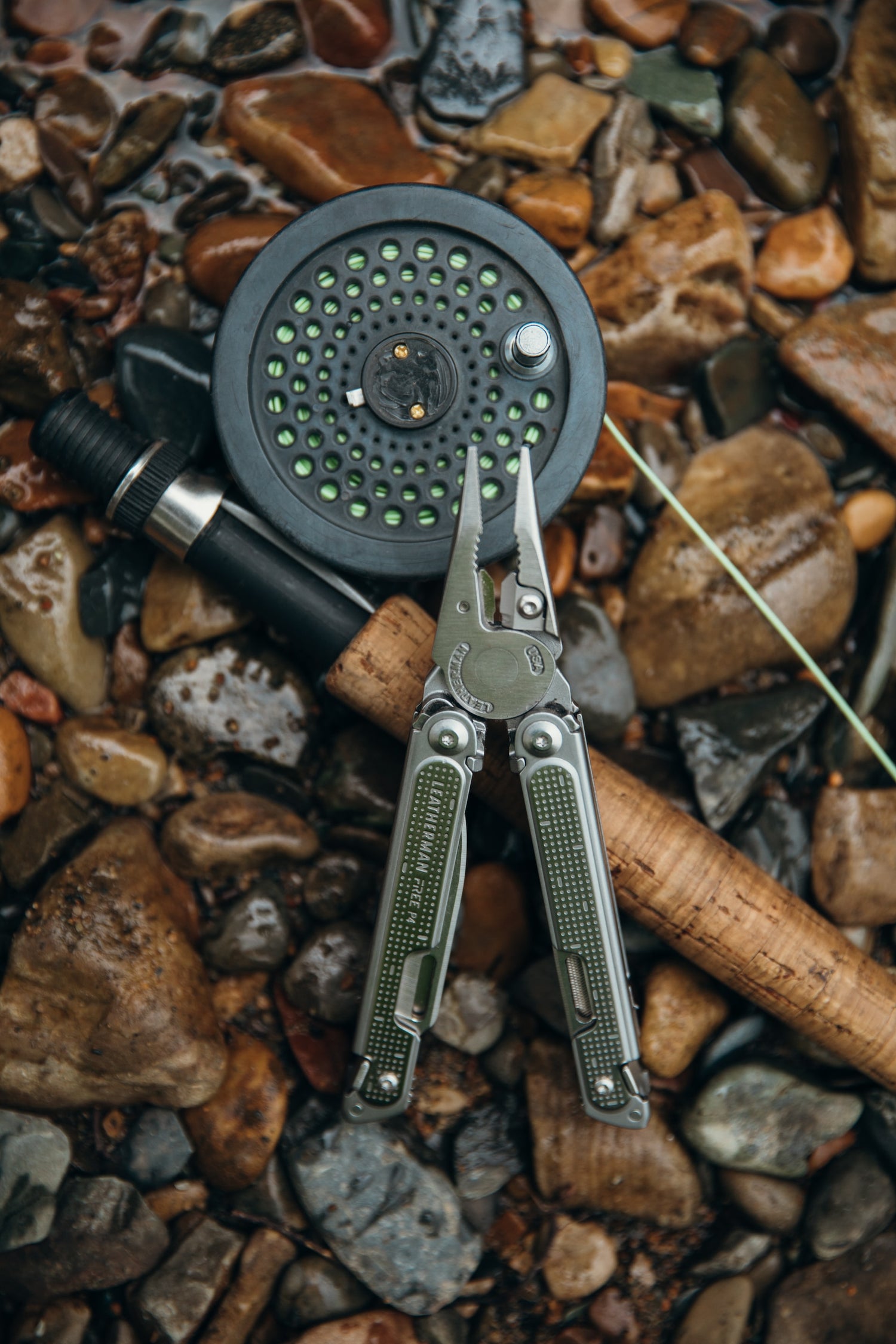
The Cutting Edge: A Guide to Common Blade Grinds
First, a quick Summary...
Blade Design:
Choosing a survival knife can be overwhelming, with countless blade designs vying for your attention. But unlike fancy pocket knives, survival blades prioritize two key features: versatility and strength. Let's quickly run through how these factors influence blade design in survival knives.
- The All-Important Full Tang
As mentioned before, a survival knife must have a full-tang construction. This means the blade steel runs the entire length of the handle, providing exceptional strength.
- Finding the Right Length
The "perfect" blade length depends on your needs. For finer work like carving or skinning, a shorter blade (4-6 inches) offers better control. If batoning wood is a priority, a longer blade (7-10 inches) gives you more power. Remember, a comfortable grip is crucial. Blades exceeding 12 inches can become cumbersome to carry and use.
- Strength Through Thickness
While not the sole factor (blade steel also plays a role), blade thickness directly affects a knife's strength. Thicker blades are sturdier but heavier. Most survival knives fall in the 5/32" to 1/4" (4-6.35mm) range, with a preference for the thicker end. This thickness can vary by manufacturer, so research is key.
Point Type:
The tip of a survival knife often called the point, needs to be a jack-of-all-trades. It must be sharp enough to pierce tough materials like leather, strong enough for prying tasks, and resistant to wear from digging. This typically leads to thicker point designs for survival blades.
Here's a breakdown of four common survival knife point styles:
- Drop Point: This highly popular design features a gently curving spine that slopes down to the point. It offers a good balance of strength, control, and ease of sheathing, making it a versatile choice for survival situations.
- Clip Point: Think of this as the opposite of a drop point. The spine curves slightly upwards towards the tip, creating a pointed "clip." While strong, this design can be trickier to sheath due to the upswept point.
- Spear Point: As the name suggests, this point resembles a spearhead, with a strong central point formed by symmetrical curves on both the spine and belly of the blade. While excellent for piercing, its specialization limits its usefulness for other tasks.
- Tanto Point: This point features one or more straight edges leading to the tip. Often used in tactical knives, tanto points excel at forceful tasks like prying and stabbing. However, their straight edges may not be ideal for slicing or detailed work.
We discussed point type in a little more detail in a previous post, which you may want to check out here.
Now, let's get down to the business end of a blade.
The unsuspecting eye might see a knife as a simple tool with a sharp edge. But for knife enthusiasts, the devil is in the details, particularly the grind. A blade grind refers to the way the metal is shaped from its thick spine down to the thin, sharp edge. This seemingly minor detail has a major impact on a knife's performance, making it crucial to understand the different grinds and how they affect your cutting experience.
Understanding the Grind
Every knife grind consists of two main parts:
- Primary Grind: This is the main bevel that shapes the blade from its thickest point (the spine) down to the edge. There can be different grind shapes, which we'll explore further below.
- Secondary Grind: This is the final sharpening that creates the actual cutting edge.

Common Grind Types
Here's a look at some of the most common blade grinds and their characteristics:
Full Flat Grind vs. High Flat Grind
The Versatile Full Flat Grind:
The full flat grind, as the name suggests, features a flat surface that tapers evenly from the spine all the way down to the cutting edge. This design offers a good balance between sharpness and strength. The thick spine provides stability, while the tapered section allows for smooth slicing. This versatility makes it a popular choice for everyday carry (EDC) knives, kitchen knives, and even hunting knives.
Strength Through Sacrifice: The High Flat Grind
Similar to the full flat grind, the high flat grind tapers towards the edge. However, it starts much lower on the blade, leaving more steel behind the edge. This extra material translates to greater strength and increased chip resistance, making it ideal for tasks that put a strain on the blade. The trade-off? Achieving a super sharp edge can be trickier due to the additional material. To compensate, some high-flat grinds incorporate a secondary grind near the edge for improved sharpness. However, maintaining a consistent secondary grind by hand can be challenging.
In Summary:
Both grinds offer advantages and disadvantages:
• Full Flat Grind: Excellent all-rounder, good balance of sharpness and strength, easy to sharpen.
o Weakness: Not quite as sharp as a hollow grind, not as robust as a saber grind.
• High Flat Grind: Very strong and chip-resistant, good for heavy use.
o Weaknesses: It can be more difficult to achieve a very sharp edge; maintaining a secondary grind requires skill.
The Hollow Grind
The hollow grind prioritizes slicing finesse above all else. Its secret lies in the slight concave curve of the bevel, which creates a remarkably thin and lightweight blade. This translates to effortless slicing but comes at a cost—a more delicate edge prone to chipping and requiring sharpening expertise.
Sharpening Savvy for Superior Slicing:
The hollow grind can be full width (full hollow) or partial, achieved by strategically removing material with two concave scoops. This results in a razor-sharp yet fragile edge, ideal for tasks like skinning and straight razor shaving. It's no surprise this grind is often absent from survival knives that demand more robustness.
Identifying a Hollow Grind: A Play of Light
Spotting a hollow grind can be tricky. Unlike other grinds, it doesn't reflect light uniformly. Look for a subtle bending of the reflection as you move the blade – that's your telltale sign. This grind excels at removing material, making it a favorite for slicing applications.
Sharpening Benefits, Chipping Drawbacks:
The hollow grind maintains a thin edge even after sharpening, simplifying the process compared to other grinds. However, the reduced material behind the edge makes it susceptible to chipping with forceful tasks.
The Slicing Specialist:
Imagine a knife that glides effortlessly through meat – that's the magic of the hollow grind. This design reigns supreme in skinning and hunting knives, where precise cuts are essential. Additionally, its exceptional sharpness makes it a popular choice for straight razors.
Choosing the Right Grind:
While the hollow grind delivers unparalleled slicing ability, its delicate nature limits its use in heavy-duty applications. Here's a quick breakdown:
• Strengths: Unmatched slicing performance, easier sharpening (in some cases), potentially simpler manufacturing.
• Best for Skinning/Hunting knives, small to medium EDC blades, and straight razors.
• Weaknesses: Fragile edge, not suitable for chopping, grinding wheel limitations might affect design options.
The Convex Grind
Built for power, the convex grind boasts a remarkably strong and durable edge, making it the champion of chopping tasks. This grind achieves its strength through a unique outward curve, leaving plenty of metal behind the edge. While this translates to exceptional chopping ability, sharpening a convex grind requires skill and specialized tools.
A Legacy of Strength: From Hammers to High-Tech
The history of the convex grind stretches back to early American blacksmiths. Their lack of access to specialized tools led them to forge strong edges using hammers, resulting in the birth of the convex grind. Today, slack belt grinders are the preferred method, but the spirit of resilience lives on. The grind is also known as the Moran Grind or Appleseed Grind, a testament to its influence.
Strength Through Curves: The Science Behind the Grind
Unlike the flat or hollow grinds, the convex grind arcs outwards all the way to the edge. This creates a thick spine and ample material behind the cutting edge, making it the most robust of the three main grinds. The absence of a traditional edge bevel (achieved through sharpening) further reinforces its strength.
Sharpening Savvy: A Challenge for the Determined
Sharpening a convex grind is challenging. It requires specialized tools and a different technique than other grinds. The method involves using sandpaper on a flat, slightly yielding surface and applying backward strokes to create a micro-bevel. This process demands skill and patience.
The Ideal Chopping Companion
The convex grind reigns supreme in the realm of large blades. Axes, machetes, kukris, and even some bushcraft knives leverage its strength for heavy-duty chopping tasks. The thick edge shrugs off impacts that would chip or roll a thinner edge.
Beyond Chopping: A Matter of Opinion
While some argue the convex grind's strength translates poorly to smaller knives, hindering carving and slicing abilities, others find it a viable option. Ultimately, the choice depends on your individual needs and preferences.
Choosing the Right Grind:
The convex grind prioritizes raw power, making it ideal for heavy-duty tasks. Here's a quick breakdown:
• Strengths: Extremely strong edge, perfect for chopping.
• Best for Chopping tools like axes, machetes, kukris, and some larger bushcraft knives.
• Weaknesses: Difficult to sharpen and maintain, requires specialized tools, limited functionality for carving and slicing (debated).
The Scandi Grind (V Grind)
Simplicity meets functionality in the Scandi grind, a favorite among outdoor enthusiasts. This grind boasts a nearly flat primary grind that tapers sharply close to the edge. This design offers several advantages:
• Easy Field Maintenance: The straightforward grind makes sharpening a breeze, even in the wilderness.
• Exceptional Bite: The sharp taper delivers a strong "bite" when cutting, ideal for various tasks.
Similarities and Distinctions: Flat vs. Scandi
The Scandi grind, featuring a tapered edge, is similar to the flat grind. However, the Scandi grind starts tapering much lower on the blade, often at or beyond the halfway point. This results in a thicker blade with more robust support behind the edge.
The Survivalist's Choice:
The Scandi grind strikes a perfect balance between sharpness and durability. It offers near-flat grind ease of sharpening while maintaining the strength of a convex grind. This combination makes it the go-to grind for many survival knives. However, the added thickness can compromise slicing ability.
Choosing the Right Grind:
The Scandi grind prioritizes practicality and ease of maintenance, making it ideal for outdoor and survival situations. Here's a quick breakdown:
• Strengths: Excellent durability, easy to sharpen in the field, offers good bite when cutting.
• Best for Survival knives, camp knives, and bushcraft knives.
• Weaknesses: Slicing ability might be less impressive compared to other grinds.
The Chisel Grind
The chisel grind, steeped in tradition, offers a unique approach to achieving exceptional sharpness. Unlike most grinds, it features only one beveled Side, creating a very thin and sharp edge. This design excels in specific tasks but requires specialized sharpening techniques and caters to particular cutting styles.
Sharpness with a Twist:
The magic of the chisel grind lies in its asymmetry. With just one Side angled, it achieves an incredibly sharp edge, ideal for delicate tasks like paring vegetables in Japanese cuisine. This single bevel allows for a thinner angle than a double-beveled knife, further enhancing sharpness.
Sharpening Simplicity:
Sharpening a chisel grind is easier. Since only one Side needs attention, the process is streamlined. However, maintaining the precise angle on the single bevel demands specific techniques.
Cutting with Control:
The asymmetrical nature of the chisel grind presents a unique challenge—achieving perfectly straight cuts. The grind naturally pulls the blade towards the beveled Side, potentially causing slanted cuts. This can be advantageous in some situations, like Japanese sushi knives, where it prevents food from sticking to the unground Side.
A Grind for Specific Needs:
Chisel grinds are less common than other grinds. They are specialized tools, often found in knives designed for specific purposes. Traditional Japanese kitchen knives and some bushcraft knives leverage this grind for its sharpness. The Becker BK-3 Tac Tool, designed for forceful entry, utilizes a chisel grind for its exceptional strength.
Choosing the Right Grind:
The chisel grind prioritizes sharpness for specific cutting styles. Here's a quick breakdown:
• Strengths: Excellent sharpness, strong edge (depending on angle), easy to sharpen (one Side).
• Best for Traditional Japanese kitchen knives, some bushcraft knives, and specific tools.
• Weaknesses: Unsymmetrical cuts require a specific technique, and performance can vary depending on grind angles and design.
Choosing the Right Grind
Choosing the right grind for your knife is like picking the ideal teammate – it all depends on the job at hand. Here's a cheat sheet to help you find your perfect match:
• Everyday Kitchen Hero: For your daily chopping and slicing adventures, a flat or scandi grind offers a winning combination of strength and smooth cuts.
• Master Slicer: If precise, effortless slicing is your priority, a hollow grind reigns supreme. It tackles thin cuts with minimal resistance.
• Chopping Champion: When heavy-duty tasks like chopping come knocking, a convex grind or a thicker flat grind provides the muscle you need for the job.
• Survival Superstar: Venturing outdoors? A Scandi grind shines with its easy field sharpening, making it a reliable companion.
• Delicate Dance: For intricate cuts requiring finesse, a chisel grind might be your best friend. However, be prepared to master a specific cutting technique.
Remember, sharpness isn't everything. The perfect grind considers your cutting needs and preferences so that the next time you grab a knife, appreciate not just the sharp edge but the unseen hero beneath – the grind that makes it a perfect fit for the task at hand.


